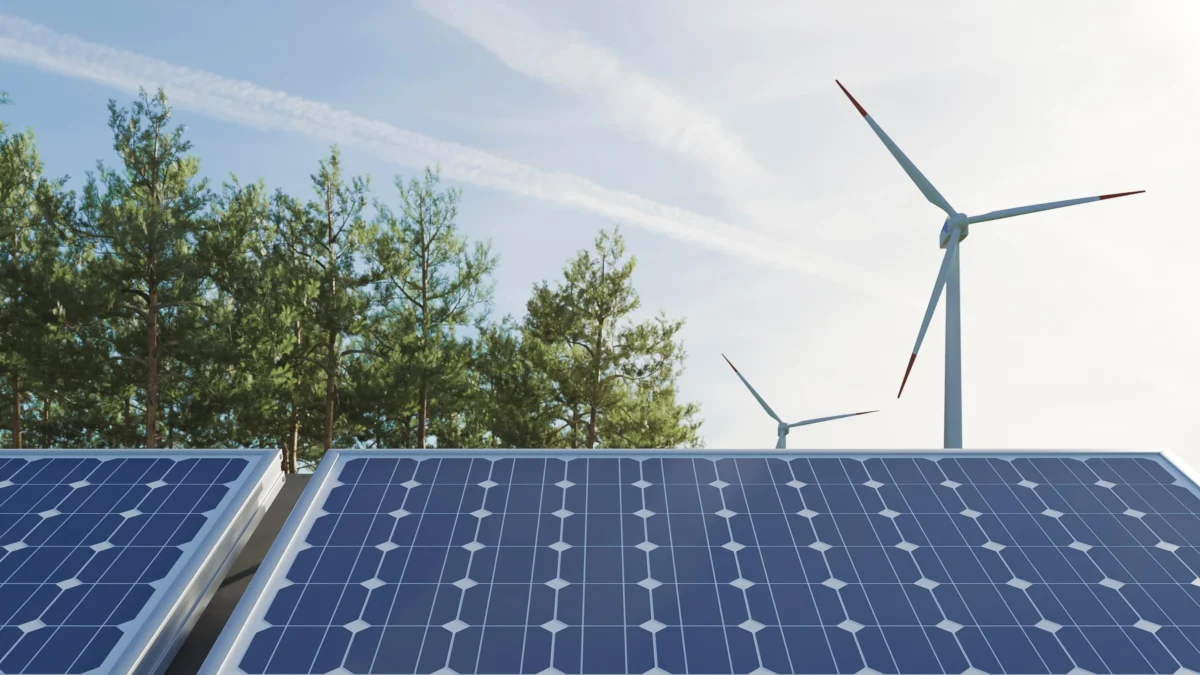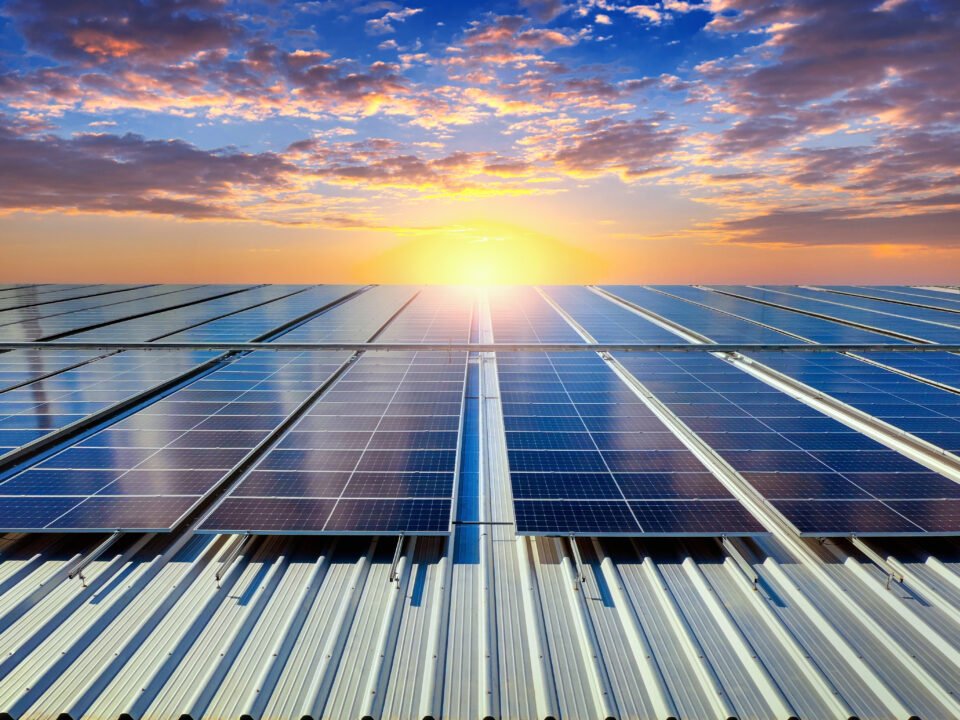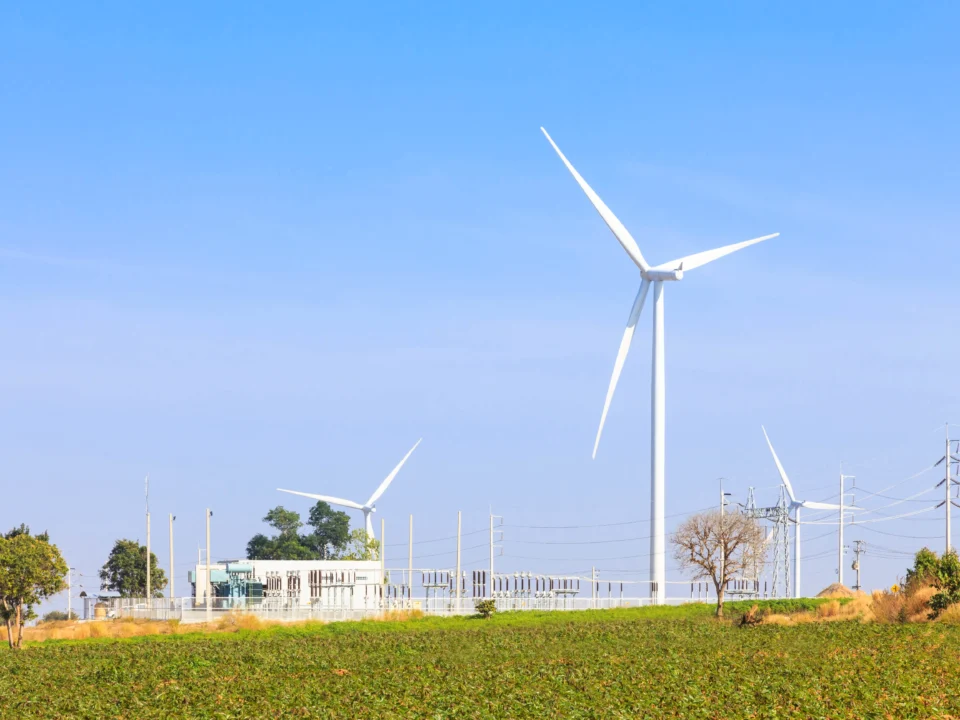As the world shifts towards sustainable energy solutions, solar power grids have emerged as a promising and viable alternative to fossil fuel-based electricity. Harnessing the power of the sun, these grids offer numerous environmental, economic, and social benefits. However, transitioning to a fully solar-powered grid comes with its own set of challenges. In this article, we will explore the key advantages of solar power grids and the obstacles that must be addressed to make renewable energy a mainstream reality.
What is a Solar Power Grid?
A solar power grid is an electricity network that integrates energy generated from solar panels into the larger power infrastructure. This can include residential, commercial, and utility-scale solar power plants that feed electricity into the grid. Solar power grids can be either centralized (large solar farms connected to the main grid) or decentralized (distributed solar panels on rooftops and local microgrids).
Key Benefits of Solar Power Grids
1. Environmental Sustainability
One of the most significant benefits of solar power grids is their positive impact on the environment. Unlike fossil fuels, solar energy does not emit greenhouse gases or air pollutants. This helps reduce carbon footprints and slows down climate change. Additionally, solar power production requires minimal water compared to traditional energy sources like coal and nuclear power, making it an eco-friendly option.
2. Energy Independence and Security
Solar power grids reduce reliance on imported fossil fuels, thereby enhancing energy security for nations. Countries that invest in solar energy can lower their dependence on oil and gas imports, making them less vulnerable to global energy market fluctuations and geopolitical conflicts.
3. Cost-Effectiveness in the Long Run
While the initial investment in solar infrastructure can be high, the long-term cost benefits are substantial. Solar panels have low maintenance costs and can last for decades, leading to significant savings on electricity bills. Additionally, as solar technology advances and economies of scale come into play, the cost of solar energy continues to decrease.
4. Job Creation and Economic Growth
The solar power industry has created millions of jobs worldwide in areas such as manufacturing, installation, maintenance, and research. As the demand for solar energy grows, so does the potential for economic development in the renewable energy sector.
5. Scalability and Flexibility
Solar power grids can be easily scaled to meet energy demands. From small rooftop installations to large solar farms, the modular nature of solar energy systems allows for flexible deployment. Moreover, solar energy can be integrated with other renewable sources, such as wind and hydro, to create a diverse and resilient energy mix.
6. Decentralized Power Generation
Unlike traditional power grids that rely on centralized power plants, solar energy enables decentralized power generation. This reduces the risk of power outages caused by grid failures and enhances electricity access in remote or off-grid areas. Microgrids powered by solar panels can provide a reliable source of electricity to communities with limited infrastructure.
Challenges in the Transition to Solar Power Grids
1. Intermittency and Energy Storage Issues
One of the biggest challenges of solar power grids is their dependence on sunlight, which is not available 24/7. Cloudy days and nighttime reduce solar energy generation, leading to intermittency issues. Energy storage solutions, such as batteries, are essential to store excess power for later use. However, battery technology is still relatively expensive and requires further advancements to become more efficient and cost-effective.
2. High Initial Investment Costs
Although solar energy is cost-effective in the long run, the upfront investment in solar panels, inverters, and grid infrastructure can be a barrier to widespread adoption. Governments and businesses need to invest in incentives, subsidies, and financing models to make solar energy more accessible to consumers and industries.
3. Grid Integration and Infrastructure Upgrades
Integrating solar power into existing power grids can be complex. Traditional grids were designed for centralized power generation, and incorporating distributed solar energy requires significant infrastructure upgrades. Smart grid technology, improved transmission lines, and advanced grid management systems are necessary to accommodate fluctuating solar power generation efficiently.
4. Land and Space Requirements
Large-scale solar farms require substantial land area, which can lead to land-use conflicts, particularly in densely populated regions. Finding suitable locations without compromising agricultural land, forests, or wildlife habitats is a challenge that must be addressed through careful planning and regulatory frameworks.
5. Material Sourcing and Waste Management
Solar panels are made from materials like silicon, silver, and rare earth metals. The mining and processing of these materials have environmental and ethical implications. Additionally, as solar panels reach the end of their lifespan, proper recycling and waste management solutions need to be implemented to prevent environmental harm.
6. Regulatory and Policy Barriers
Government policies play a crucial role in the transition to solar power grids. Inconsistent regulations, lack of incentives, and bureaucratic hurdles can slow down the adoption of solar energy. Clear and supportive policies, such as tax credits, feed-in tariffs, and renewable energy mandates, are essential to accelerate the shift towards solar power.
The Future of Solar Power Grids
Despite these challenges, the future of solar power grids looks promising. Technological advancements in solar panel efficiency, battery storage, and smart grid management are making solar energy more reliable and cost-effective. Governments, businesses, and individuals worldwide are increasingly recognizing the importance of transitioning to renewable energy sources.
Innovations such as floating solar farms, perovskite solar cells, and solar-powered hydrogen production are expanding the possibilities for solar energy deployment. With continued research, investment, and policy support, solar power grids have the potential to become a cornerstone of a sustainable energy future.
Conclusion
Solar power grids offer a sustainable and economically viable solution for the world’s growing energy needs. While there are challenges to overcome, the benefits far outweigh the obstacles. By addressing issues like energy storage, infrastructure upgrades, and policy support, we can accelerate the transition to a clean energy future powered by the sun. Investing in solar power today is an investment in a greener, more resilient tomorrow.




